
DIY Dog Grooming: How to Set Up Your Own Grooming Table at Home
Grooming your dog is an essential aspect of pet ownership, contributing significantly to their overall health and well-being. While professional grooming services are available, many
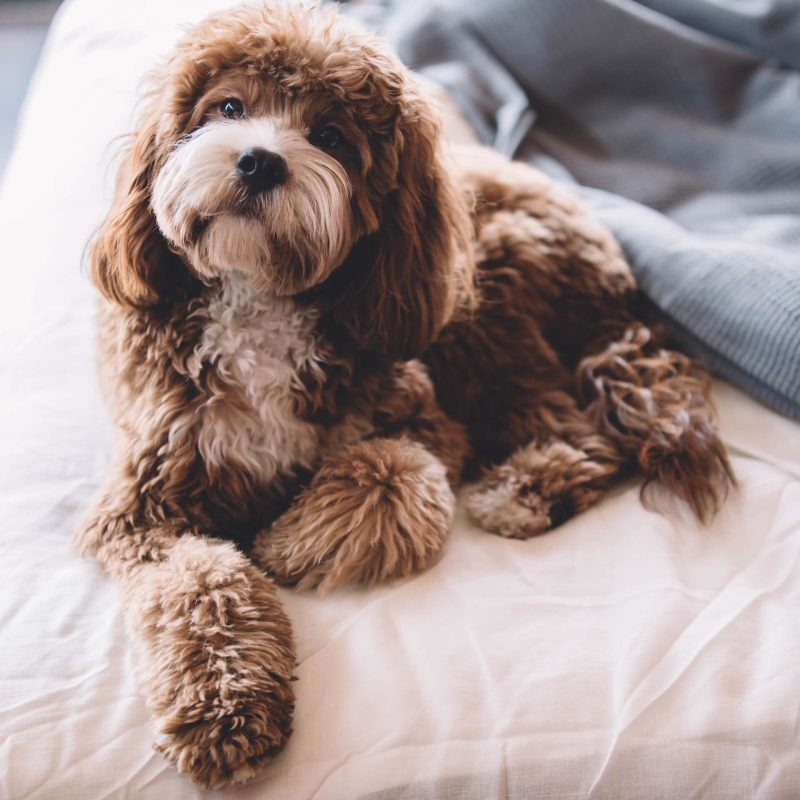
When it comes to grooming our furry friends, safety should always be a top priority. A dog grooming table is an essential tool for pet owners and professional groomers alike, providing a convenient and efficient way to groom dogs of all sizes and breeds.
However, not all grooming tables are created equal, and the safety features they offer can vary significantly. In this comprehensive guide, we will explore the crucial safety features to look for when purchasing a dog grooming table.
From sturdy construction and stability to secure grooming arms and non-slip surfaces, we will delve into the elements that make a grooming table safe and reliable. We will also discuss the importance of proper maintenance and regular inspections to ensure the table remains in top condition.
By the end of this guide, you will be equipped with the knowledge and tools needed to make an informed decision and choose a grooming table that not only meets your needs but also ensures the safety and well-being of your beloved pet.
So, let’s dive in and discover the essential safety features to look for in a dog grooming table.
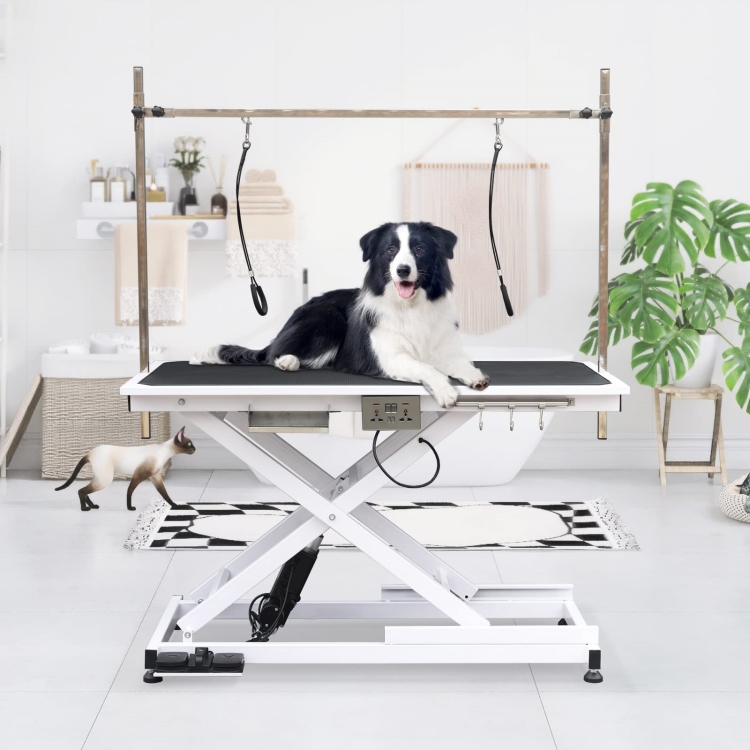
An unstable, flimsy table poses serious risks of tipping over or collapsing altogether while a dog is on it.
Seeking out sturdy construction is key:
High-quality grooming tables have a thick steel or aluminum frame and legs to prevent wobbling or shaking. Plastic legs on cheaper tables crack and warp over time.
The leg attachments should have reinforced corner gussets for added stability. Cross bars provide further reinforcement on better tables.
Wiggle the legs to check their tightness before buying. The frame should be rock solid with no motion in the joints.
Quality non-marking rubber feet grip the floor securely. This prevents the table from sliding around on smooth floors when a large dog moves on it.
Pointed plastic feet easily break over time. Opt for wide, reinforced rubber feet.
Double-check the weight limits before using a table for large breed dogs. Quality tables support 300-500+ lbs but cheap versions may max out below 200 lbs.
Exceeding capacity risks collapse. Size your table appropriately.
In addition to height stability, you want increased resistance against sideways motion or torque.
Leg cross bars, wide feet placement, and reinforced joints all enhance lateral sturdiness when dogs suddenly jerk or spin on the table.
Avoid any table that seems to rock or sway from side to side when shaken.
Dogs standing on a slippery table surface are prone to falling, especially if they panic, try to jump off or lose their footing.
Seeking tables with non-slip treatment prevents accidents:
Quality steel or aluminum tabletops are powder-coated to create a textured finish that provides a grip for dog paws. It’s also easy to sanitize.
Avoid glossy finishes, plastic laminates, or painted wood that get slick when wet.
Many groomers use a textured rubber mat on the table for added traction. Look for a high-quality mat with sealed edges that won’t curl up.
Mats attach securely or anchor them in place so they don’t slide. Disinfect regularly.
There are affordable non-slip pads that can be secured to the table surface using suction cups or clips on the underside. These create grip while protecting the finish.
Secure pads tightly so they don’t pop off inadvertently while a dog is on the table.
Bending over a fixed-height table leads to back pain and risky lifting of dogs. Seek out adjustability:
High-end tables use a hydraulic foot pump or manual ratchet system to raise and lower the table from around 24 to 48 inches in height.
This accommodates any groomer’s height and dogs from Chihuahuas to Great Danes safely.
A table adjusting from very low to very tall heights provides the most versatility for all sizes of dogs and physical needs.
Narrow adjustability limits larger breed safety and ergonomics. Seek at least a 20-inch range.
Smooth hydraulic controls that are simple to pump up and down minimize back strain from cranking manual adjustments.
Easy pedal-press hydraulic lifts are ideal for all-day maneuvering. Difficult systems wear you out.
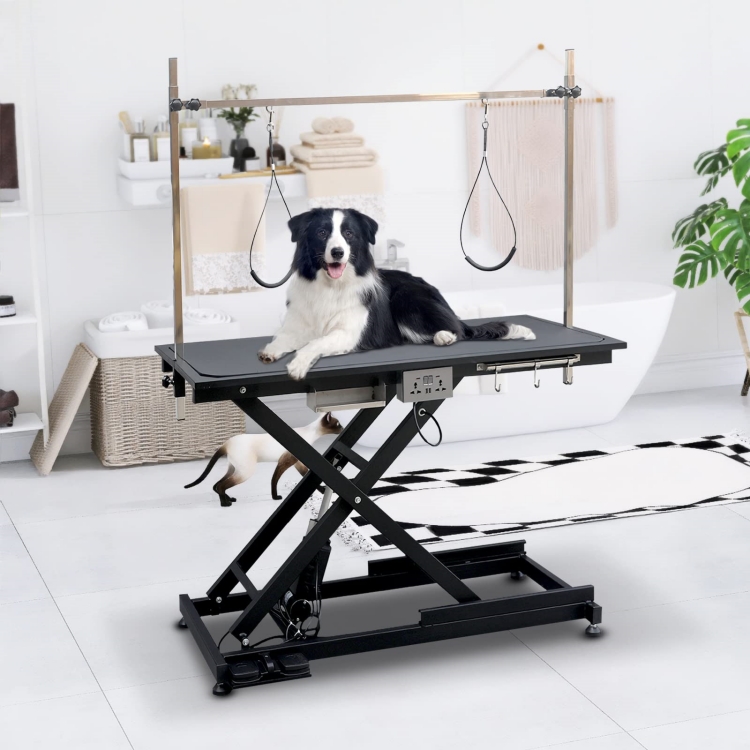
Keeping dogs safely restrained on the table is imperative. Look for:
A variety of tie-down points allows securing squirmy dogs low or high depending on temperament. Both sides should have secure options.
Insufficient latch points force you to restrain dogs unsafely too high or low on their bodies.
Nooses that attach via strong but quick-release short link clasps are safest. Avoid old-fashioned SPR hooks which can be released accidentally.
Short links allow rapid tie down and release but don’t pop open if hit by flailing paws.
Different-sized noose loops fit everything from tiny Chihuahuas to giant Mastiffs. Get a selection to suit your breed range.
Avoid leaving too much slack which allows dogs to wiggle free or get tangled.
An additional fixed loop midpoint on the table provides extra backup security for very strong or anxious dogs prone to escaping regular nooses.
Dual restraint is wise for large powerful breeds who could break free of a single tether point.
Nooses that gently release pressure on the neck when pulled eliminate choking risks. A spring-style noose is ideal for reducing injury if dogs lunge against the restraint.
Avoid nooses that constrict the neck and windpipe when pulled. This calms dogs rather than panicking them.
The quality of materials and hardware affects safety:
Heavier steel tubing in the legs and undercarriage prevents collapse or bent legs over time. Aircraft-grade aluminum is also suitable for stable construction.
Avoid tables using plastic components in the main frame or legs to reduce weight and cost. These break or crack.
High-pressure laminated wood or thick, reinforced steel tabletops resist damage from regular use. Cheap thin porous materials degrade quickly.
The underside framework should also be robust steel to prevent warping.
A powder-coated or stainless steel table resists corrosion from exposure to water and chemicals during bathing and grooming. Rust quickly compromises integrity.
Aluminum or aluminum composite materials are also highly rust-resistant while remaining lightweight.
Bolts, screws and hinges should be heavy-duty and prevented from loosening over time. Weak points lead to collapse.
Cheap plastic hardware is prone to cracking or stripping under load. Pay more for metal parts.
In addition to a stable base, further strategies help prevent scary tip-over accidents:
Leg cross supports on at least two sides add extra reinforcement against tipping forces. This added stability keeps the table firmly planted.
Cross braces are signature safety features of higher-end brands like Shor-Line tables.
Weight down in the base from cast iron or steel weights enhances stability and counteracts taller heavy dogs up top.
Avoid spindly, narrow bases even if they save space. Prioritize a reinforced wide, low set base.
Thick leveling feet that finely adjust stability provide “tuning” to prevent rocking on uneven floors. Keep tables perfectly balanced.
Check levelness regularly and adjust feet as needed for optimal steadiness. Keep floors debris-free.
Additional optional safety accessories further reduce slips and falls:
Rails around one or both sides give dogs something secure to brace against when standing rather than relying solely on restraints. This provides stability.
Great for elderly, arthritic or blind dogs. Also helpful when drying fidgety short-haired breeds.
Small removable silicone paw grips attach to dogs’ paws using self-adhesive or strap designs. This enhances traction and security on the table for dogs with limited mobility.
Useful for old, obese or disabled dogs who struggle to stand or resist sliding on the table surface. Provides added assurance against slips.
These hold dogs’ heads comfortably while allowing you to work on the body. Supports prevent sudden head shaking or jerking movements that could lead to slips.
Ideal for fussy or elderly dogs. Can just help relax dogs and keep them still.
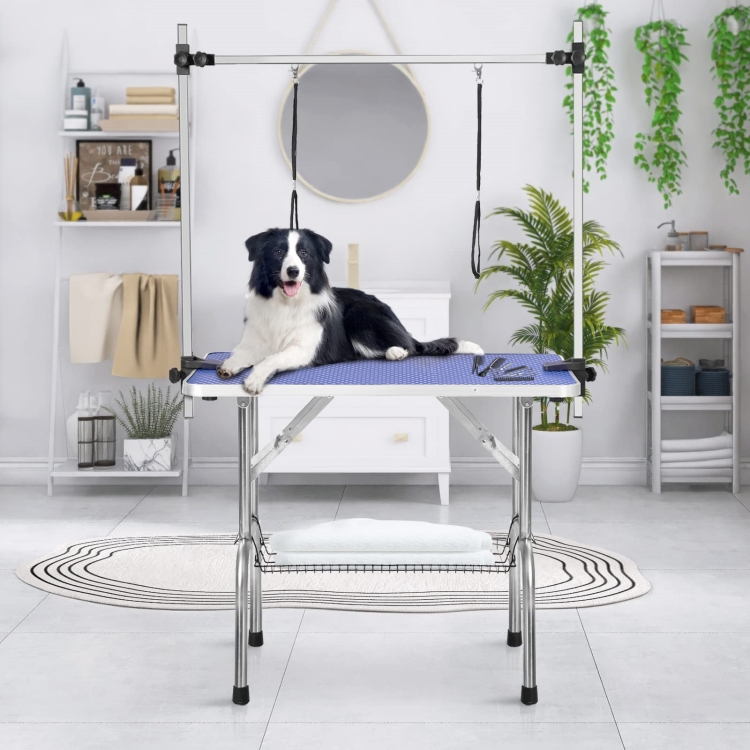
A quality professional grooming table optimized for stability, grip, adjustability and restraint security provides peace of mind for both groomer and dog during the grooming process.
Checking for superior strength construction, ample sizing, non-slip surfaces, safe restraints, tip-resistant bases and supportive accessories ensures selecting a table focused on safety.
Taking time to teach dogs to stand calmly and enjoy handling also prevents many table accidents. However, investing in above-average safety features minimizes the risks if dogs do get rowdy.
With a secure table, you can focus entirely on providing an excellent grooming result for each pet. Their safety, as well as your own body mechanics, can be ensured with equipment engineered for maximum stability and control from start to finish.

Grooming your dog is an essential aspect of pet ownership, contributing significantly to their overall health and well-being. While professional grooming services are available, many

For professional and amateur groomers alike, a specially designed dog grooming table is an essential piece of equipment. But with prices ranging from $100 up
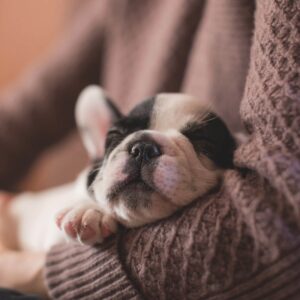
For professional and home groomers, an important decision is whether to choose an adjustable or fixed-height table. Both options have pros and cons to consider

A dog grooming table is a significant investment for professional pet groomers or home groomers. Proper maintenance and cleaning are essential to keep your table
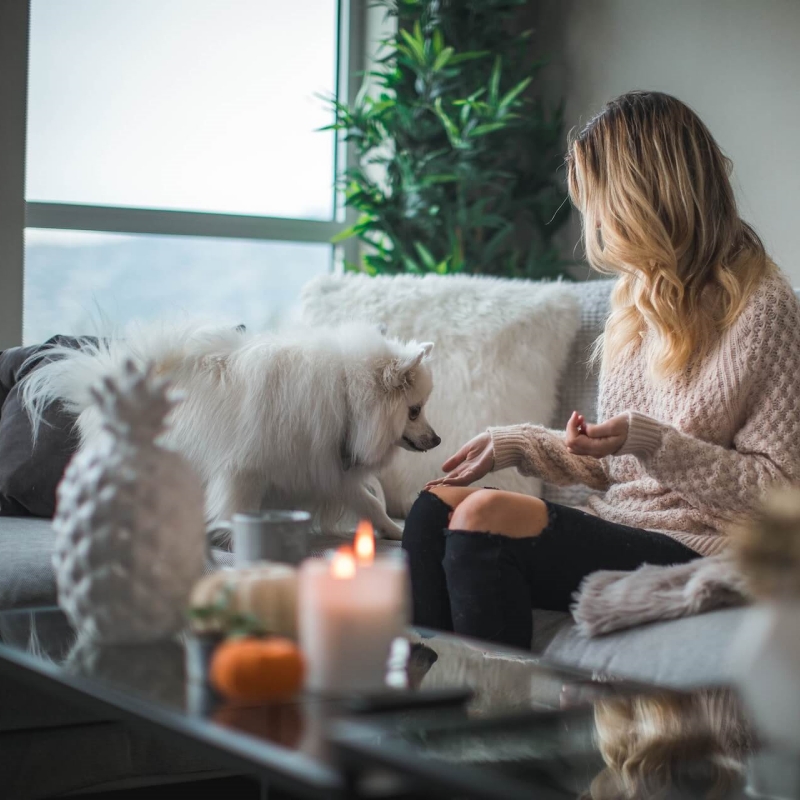
Grooming your dog is an essential aspect of pet ownership, contributing significantly to their overall health and well-being. While professional grooming services are available, many

When it comes to grooming our furry friends, safety should always be a top priority. A dog grooming table is an essential tool for pet
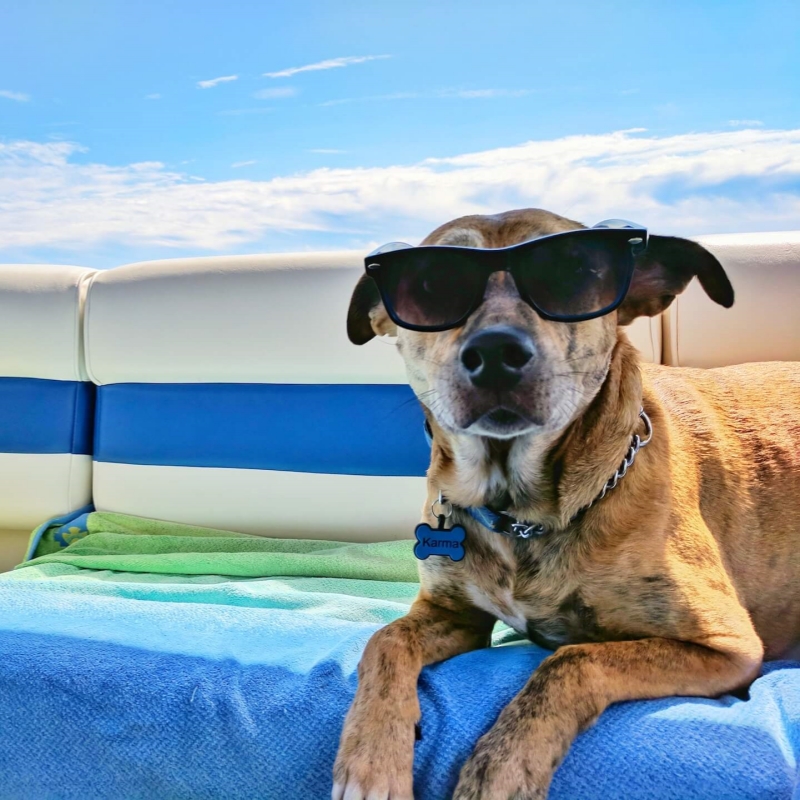
For professional and amateur groomers alike, a specially designed dog grooming table is an essential piece of equipment. But with prices ranging from $100 up
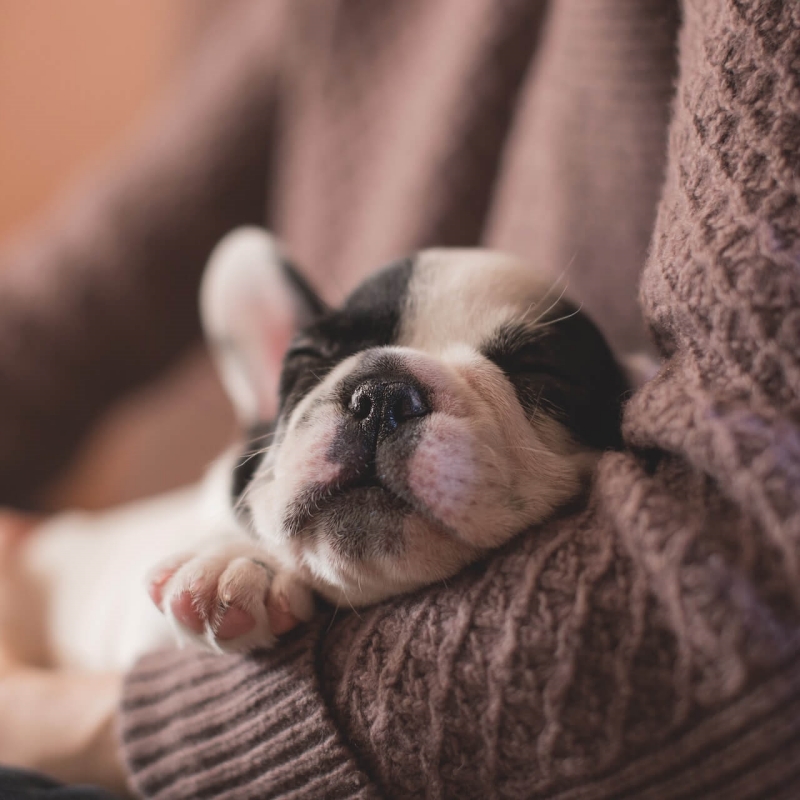
For professional and home groomers, an important decision is whether to choose an adjustable or fixed-height table. Both options have pros and cons to consider
Copyright © 2024 poochgroomingtable. All Rights Reserved.